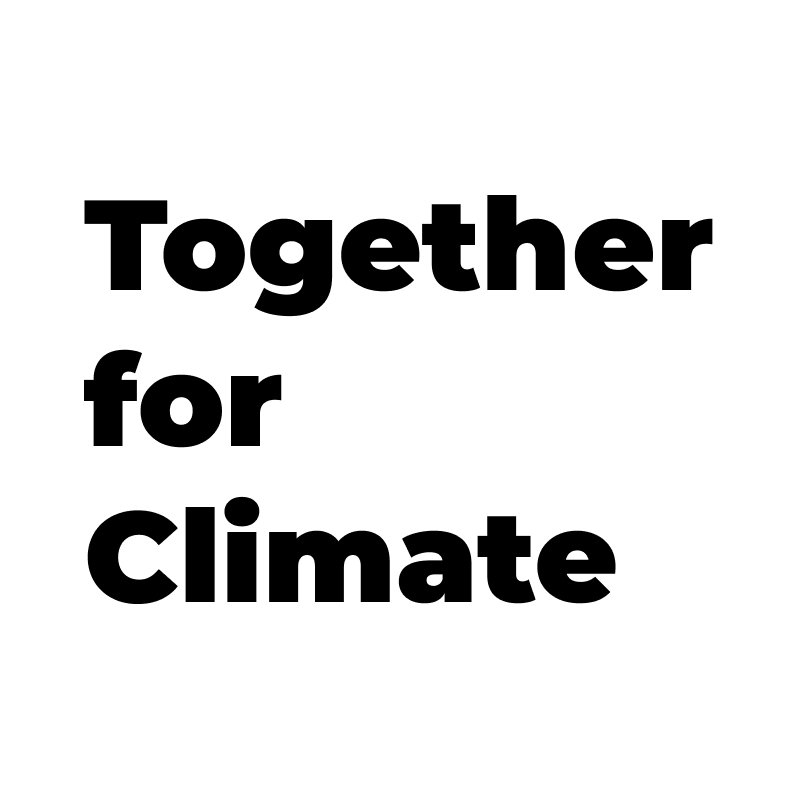Refrigerant
Problem:
Every refrigerator and air conditioner contains chemical refrigerants that absorb and release heat to enable chilling. Refrigerants, specifically CFCs and HCFCs, were once culprits in depleting the ozone layer. Thanks to the 1987 Montreal Protocol, they have been phased out. HFCs, the primary replacement, spare the ozone layer, but have 1,000 to 9,000 times greater capacity to warm the atmosphere than carbon dioxide.
Solution:
In October 2016, officials from more than 170 countries met in Kigali, Rwanda, to negotiate a deal to address this problem. Through an amendment to the Montreal Protocol, the world will phase out HFCs. Substitutes are already on the market, including natural refrigerants such as propane and ammonium.
IMPACT:
Substantial emissions reductions could be achieved through the adoption of practices to (1) avoid leaks from refrigerants and (2) destroy refrigerants at end of life, both after the adoption of alternatives to HFC refrigerants. Over thirty years, an increase of over 79% percent of refrigerants that may be released can be contained, avoiding emissions equivalent to 57.8 gigatons of carbon dioxide. Although some revenue can be generated from resale of recovered refrigerant gases, the costs to establish and operate recovery, destruction, and leak avoidance outweigh the financial benefit—meaning that refrigerant management, as modeled, could incur a net cost of $629.4 billion by 2050. Source: Project Drawdown.
We have handpicked the best non-profits in the Refrigerant space to ensure your donations are sent to the right place and used for the intended purpose.
Would you like to get access to
our non-profits’ reports?


